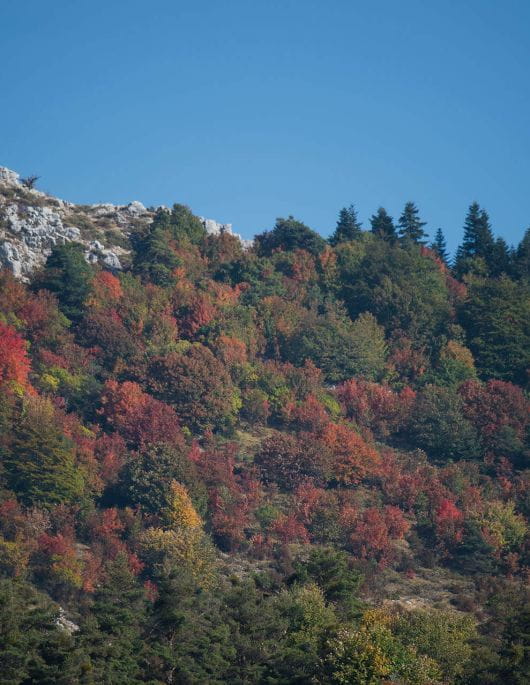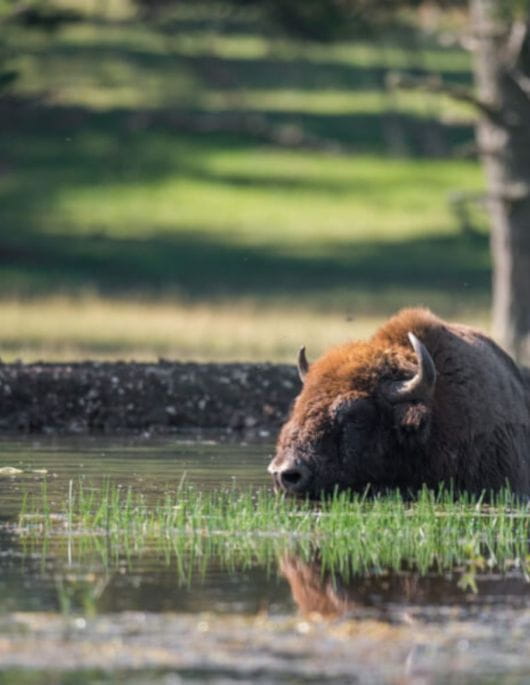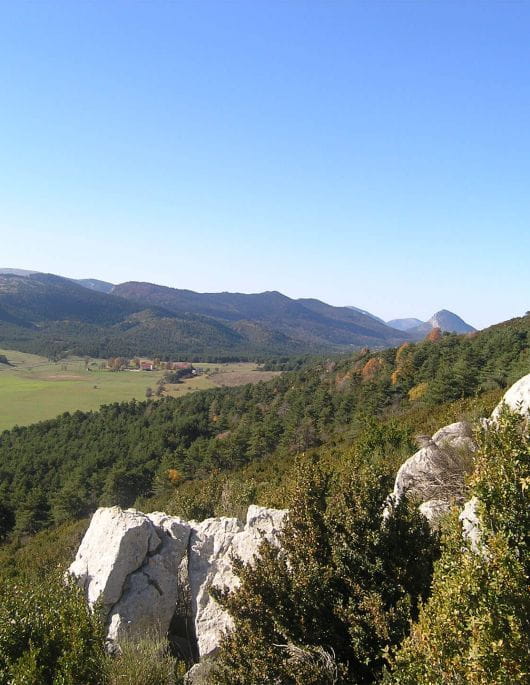
OUR DEPENDENCE ON NATURE
Since their appearance on earth, human societies have had to face a double challenge: that of being entirely dependent on natural resources and that of belonging to ecosystems providing services essential to their well-being. These ecosystems tirelessly produce the water, the oxygen, the
wood, and the plants that we consume. They absorb the floods, produce a large part of our medicines, and shelter resources that may be unknown today but essential tomorrow. Finally, they offer us the cultural amenities necessary for our reinvention !
Despite this dependence, our societies especially the so-called industrial ones developed from the end of the 19th century, act as if they no longer belong to these natural systems. By extracting more and more resources to meet their ever-increasing needs, human societies have exhausted many ecosystems.
Modernity obliges us to consider that natural environments have become the most precious assets because of the essential ecological services provided to human populations.
In 2005, researchers around the world identified the relied upon services provided by Nature. Their observations are clear: all our human needs come from Nature: water, air, food, health (70% of medicines extracted from “wild” plants) soil, forests…
Human beings know how to extract, transport, and transform raw materials. But we are unable to create them !
Humanity directly depends on the resilience and proper functioning of these ecosystems, and the quality and quantity of the natural goods and services that result from them. This is why it is time to deal with the trajectories and “health” of our natural heritage.

FOREST ENVIRONMENTS
There are two types of trees: deciduous and Conifers. Their characteristics differentiate them: some feed thanks to their sap, others to their resin; some lose their leaves in winter (they are deciduous), others keep them (they are evergreen).
They also differ in their social structures. When a forest settles, trees are most often in competition but can develop a common development strategy, particularly in deciduous trees.
Horizontal and vertical competition determine crown shape and structure. Conifers seek to gain height to try to have the best light rays. They are therefore subject to vertical competition. Deciduous trees will have a predisposition to organize horizontally. They tend to spread out !

THE AQUATIC ENVIRONMENT: 3 RECONSTRUCTED WETLANDS
One of the most important climatic factors is rainfall: water is both an essential element for the development of living beings, animals, and plants. It is also an exceptional living environment in which one encounters the greatest of diversities. In mainland France alone, a third of the 277 known species of breeding birds are dependent on wetlands. (O. Cizel, protection et gestion des espaces humides et aquatiques, 2010).
Condensation and evapotranspiration are the keys to the water cycle, the source of all life, including our own.
Wetlands are essential for the proper functioning of ecosystems, for at least 4 reasons :
- Buffer zones during major floods: they behave like real sponges, storing surpluses in winter periods and releasing them during dry periods
- Natural filters with high purification power that most modern techniques have a hard time matching
- Sources of water supply in dry areas
A true hotel of biodiversity : a nesting place for avifauna, insects specifically odonata, a living environment for aquatic organisms…

OPEN ENVIRONMENTS
These open environments have an absence or scarcity of large plant covers, trees, and shrubs.
They are diversified: meadows of course but also moor, rocks and cliffs, each representing a biotope for the fauna and flora.